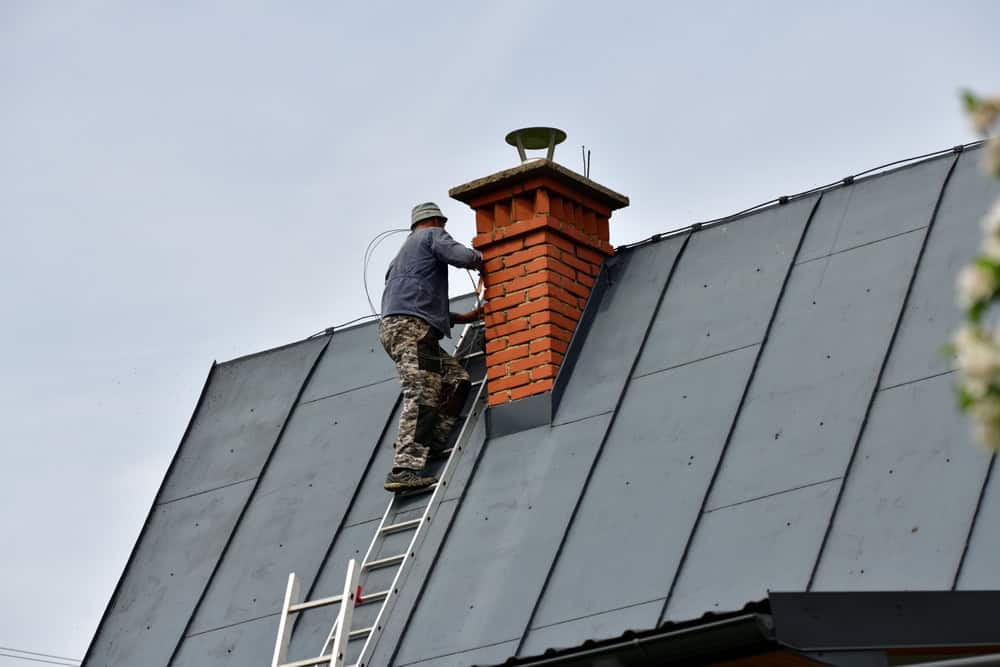Our CSI-certified technicians install durable stainless steel chimney liners that protect your home and family from dangerous gas leaks.

Hear from Our Customers

Your chimney liner is the barrier between dangerous combustion gases and your living space. When it’s damaged or missing, carbon monoxide can seep into your home, putting your family at serious risk.
A properly installed stainless steel chimney liner eliminates that danger completely. You’ll sleep better knowing toxic gases are safely vented outside where they belong.
Beyond safety, you’ll notice your fireplace or heating system works more efficiently. That means lower energy bills and consistent heat when you need it most. Your home insurance stays valid, and you avoid the expensive emergency repairs that come with neglected chimney systems.
Certified Chimney Inspections has been serving Carolina, RI homeowners since 2000. The same experienced team that started this work over twenty years ago still handles your installation today.
Every technician carries CSI certification from the Chimney Safety Institute of America. That’s not just a piece of paper – it’s proof we know current safety codes and proper installation techniques.
You’re not dealing with a fly-by-night contractor. We operate a retail stove store and offer in-house financing because we’re established and planning to be here for the long haul.

The process starts with a free estimate where we inspect your existing chimney and explain exactly what needs to happen. No surprises, no hidden costs – just clear information about the work ahead.
Installation begins with measuring your chimney for the proper liner size. The stainless steel liner gets carefully inserted from the top, then connected to your appliance at the bottom. All connections are sealed and tested to ensure proper draft and safety.
Before we leave, you’ll get a complete walk-through of the work. Your system gets tested to confirm everything operates safely and efficiently. You’ll have documentation for insurance purposes and peace of mind that the job was done right.

Ready to get started?
Every chimney liner installation includes high-grade stainless steel liner sized specifically for your chimney and appliance. The liner comes with all necessary connections, caps, and sealing materials to create a complete system.
Carolina’s coastal location means your chimney faces salt air and moisture that can accelerate deterioration. Stainless steel resists this corrosion far better than clay tiles or deteriorating masonry. You’re getting a liner that will last decades, not years.
The installation meets all local building codes and manufacturer specifications. That protects your insurance coverage and ensures the work passes any future home inspections. You’re investing in a permanent solution, not a temporary fix.
